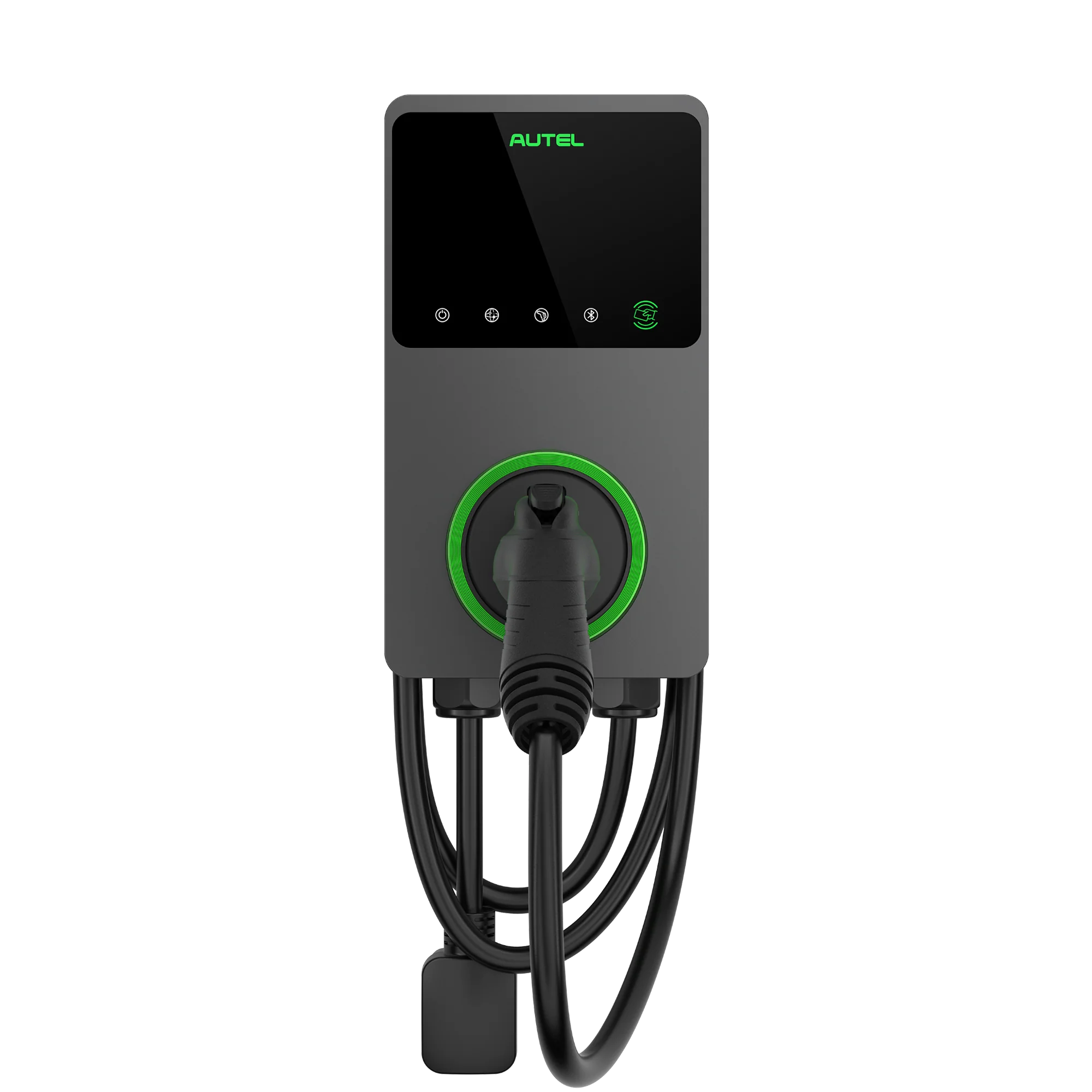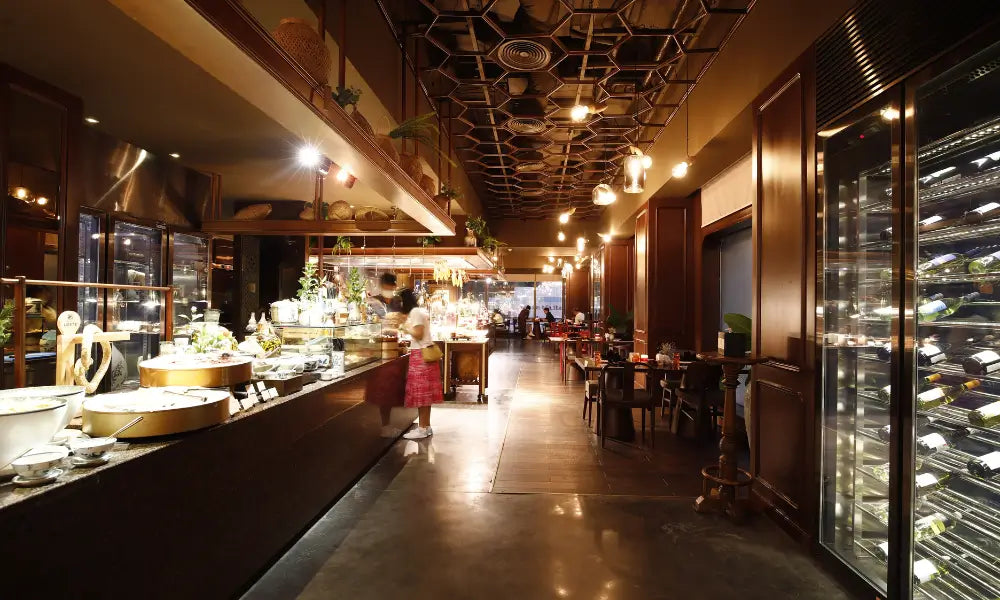A well-designed layout can make a big difference in how smoothly everything runs—both for customers and business owners. Whether you're running a retail space, office complex, or hotel, your parking lot's design affects traffic flow, space utilization, and the overall experience.
Let’s break it down and look at the steps that will help you design the most efficient, customer-friendly, and sustainable parking lot possible.
What Does Your Parking Lot Really Need?
Before diving into the layout optimization, it’s important to first understand what your parking lot truly needs. Start by considering the volume of traffic your lot will see. How many vehicles will be using the lot each day? This will directly impact how many spaces you need, and whether special areas, like electric vehicle charging spots or delivery zones, are necessary.
In addition to everyday requirements, think about any special needs. For example, do you need ADA-compliant spaces for customers with disabilities, or spaces for electric vehicles? These should be factored into your design from the start to ensure your lot is accessible to everyone.
Lastly, take a close look at the space and layout of your parking lot. Is it a flat, open area, or does it have obstacles like tight corners or unusual shapes? These factors will affect traffic flow and the arrangement of parking spaces, so it’s important to consider the layout and shape of your lot to maximize space efficiency.
How to Optimize Parking Lot Layout in 5 Steps
Optimizing your parking lot layout isn’t just about fitting as many cars as possible. It’s about creating a functional, safe, and efficient space that serves both your customers and business needs. Here’s a detailed breakdown of how to do it:
1. Maximize Space Utilization
To get the most out of your parking lot, start by looking at the layout and determining how to use every inch of space. For instance, angled parking can fit more vehicles than straight spaces, as it allows drivers to park in a more efficient, space-saving way.
Additionally, compact parking spaces are a good option for areas where you typically have smaller vehicles. These spaces can help fit more cars without sacrificing accessibility. Make sure to balance this with enough room for maneuvering, so customers don’t feel cramped while parking.
2. Create Clear Traffic Flow
The key to a smooth parking lot is a well-thought-out traffic flow. Start by ensuring there are clear entry and exit points, and make sure cars aren’t crisscrossing in conflicting directions. One-way lanes can greatly reduce traffic congestion, especially in busy lots.
Consider creating wide aisles and adding turn lanes where needed to make it easier for vehicles to navigate through the lot. Don’t forget to keep the flow intuitive—drivers should always know where to go next without having to make sharp turns or navigate through tight corners.
3. Ensure Safety and Accessibility
Safety should always be a priority in parking lot design. This means wide lanes for vehicles to move freely, avoiding tight spaces where larger vehicles might struggle to navigate. Consider the width of your lanes—make sure they’re wide enough to allow for side mirrors and avoid accidental bumps or scratches. Additionally, pedestrian walkways should be clearly marked and separated from driving lanes to keep foot traffic safe.
If your parking lot serves a large number of people with disabilities, ADA-compliant parking spaces should be strategically placed near entrances. These spaces need to be wide enough and easily accessible to ensure convenience for all customers.
4. Add EV Charging Stations
As electric vehicles (EVs) become more popular, integrating charging stations into your parking lot layout is increasingly essential. Look for spaces close to building entrances or high-traffic areas, as these spots will be more accessible to EV drivers. Ensure that your EV charging stations are placed with adequate space for the vehicle to park and charge comfortably.

You may also want to consider the future growth of EV ownership when planning, so leave room for additional charging stations as demand increases. For residential properties, installing home EV chargers can offer an added convenience for tenants or homeowners. It’s also a good idea to install clear signage to help drivers quickly identify where the EV spots are located.
For an efficient and reliable charging solution, you might consider the Autel Business EV Charger—a durable and user-friendly option designed to fit commercial needs. More details on Autel's offerings will be covered later.
5. Optimize Signage and Marking
Clear, well-placed signage and markings are essential for guiding drivers and pedestrians through your parking lot. Start with obvious things like signs for entrances, exits, and the direction of traffic flow. In busy areas, you may want to add directional arrows or signs pointing to specific sections of the lot. Parking spaces should be clearly marked with lines that are visible even in poor weather or at night.
Pedestrian walkways should be separated with noticeable markings to prevent accidents, and it’s also useful to indicate areas where customers might need to wait (such as in front of store entrances or near loading zones).
Well-lit signs and markings not only improve safety but also make your parking lot easier to navigate, especially for newcomers or first-time visitors.
How Do You Make a Parking Lot Sustainable?
By using eco-friendly practices and efficient designs, you can reduce the environmental impact of your parking lot while keeping it practical for daily use. Here are a few strategies to make your parking lot more sustainable:
-
Use Permeable Paving: Traditional asphalt leads to runoff, polluting waterways. Permeable materials like porous concrete or gravel allow rainwater to filter through, reducing runoff and conserving water.
-
Add Green Landscaping: Trees, shrubs, and grass absorb carbon, reduce heat, and improve air quality. Green islands and garden areas also help lower the urban heat island effect and enhance the visual appeal of your lot.
-
Switch to Energy-Efficient Lighting: Replace old lighting with LED lights to save energy, reduce costs, and improve illumination. Adding motion sensors or timers ensures lights are only on when needed, further cutting energy use.
-
Support Alternative Transportation: Designate spots for bicycles, carpooling, and ride-sharing. This reduces the number of single-occupancy vehicles, lowers emissions, and eases traffic congestion.
By making these changes, you can create a parking lot that’s both eco-friendly and practical for your customers. Plus, adding EV charging stations is a great way to keep up with the shift towards electric vehicles, making your lot even more sustainable and customer-friendly.
What Autel Can Provide for You
If you're considering adding charging stations to your parking lot, Autel has the perfect solution to meet your needs. As electric vehicles (EVs) become more popular, businesses like yours are seeing the need for reliable, efficient charging infrastructure.
Autel’s commercial EV chargers are designed to be fast, reliable, and easy to use, making them ideal for commercial settings. Whether you're running a retail space, a hotel, or a corporate office, our chargers ensure that your customers or employees can quickly and conveniently charge their EVs while they go about their business. This means less waiting, more satisfaction, and a better overall experience.
Contact us to get started or if you have any questions. We’re here to help!
















Dejar un comentario
Todos los comentarios se revisan antes de su publicación.
Este sitio está protegido por hCaptcha y se aplican la Política de privacidad de hCaptcha y los Términos del servicio.